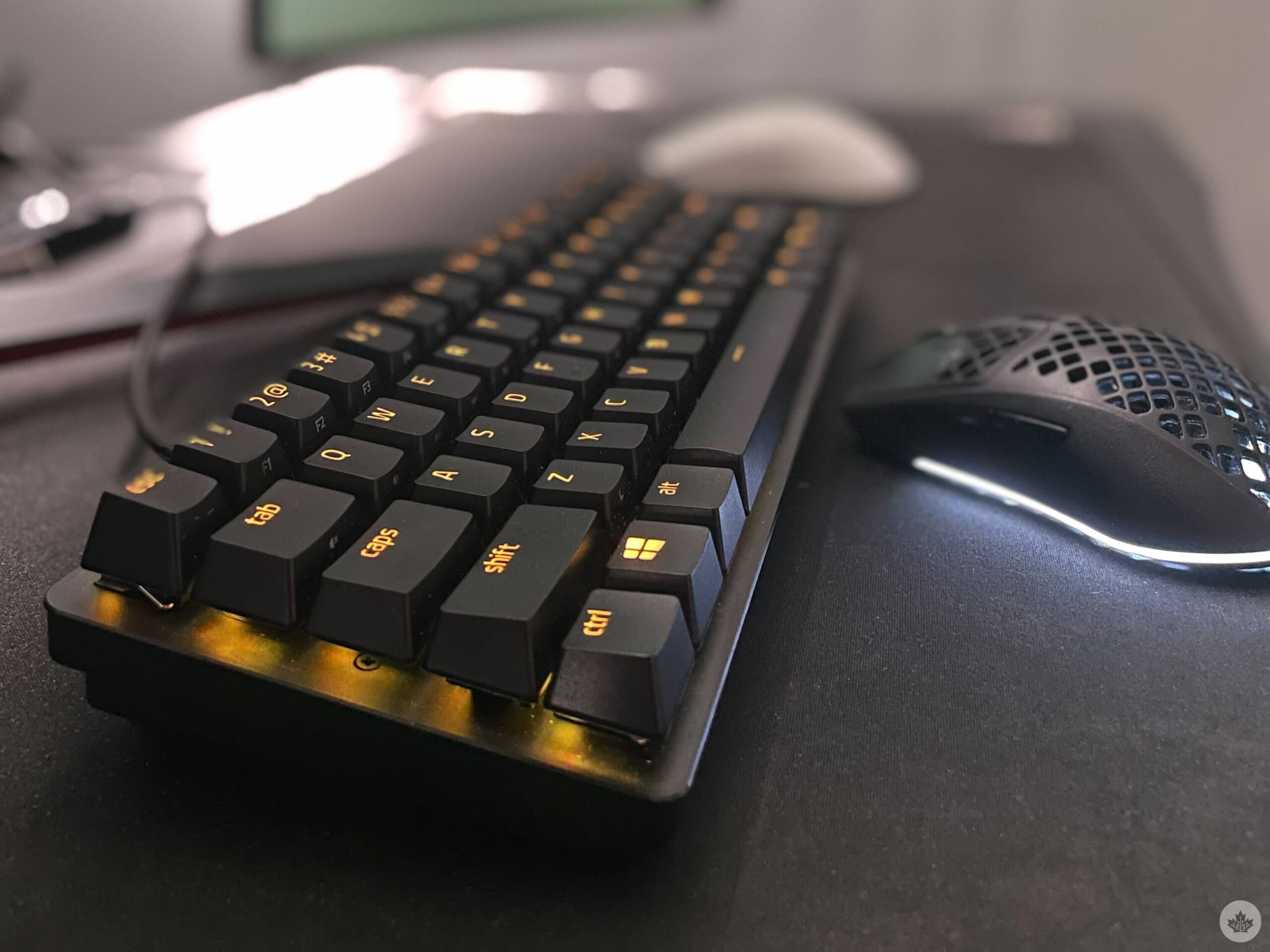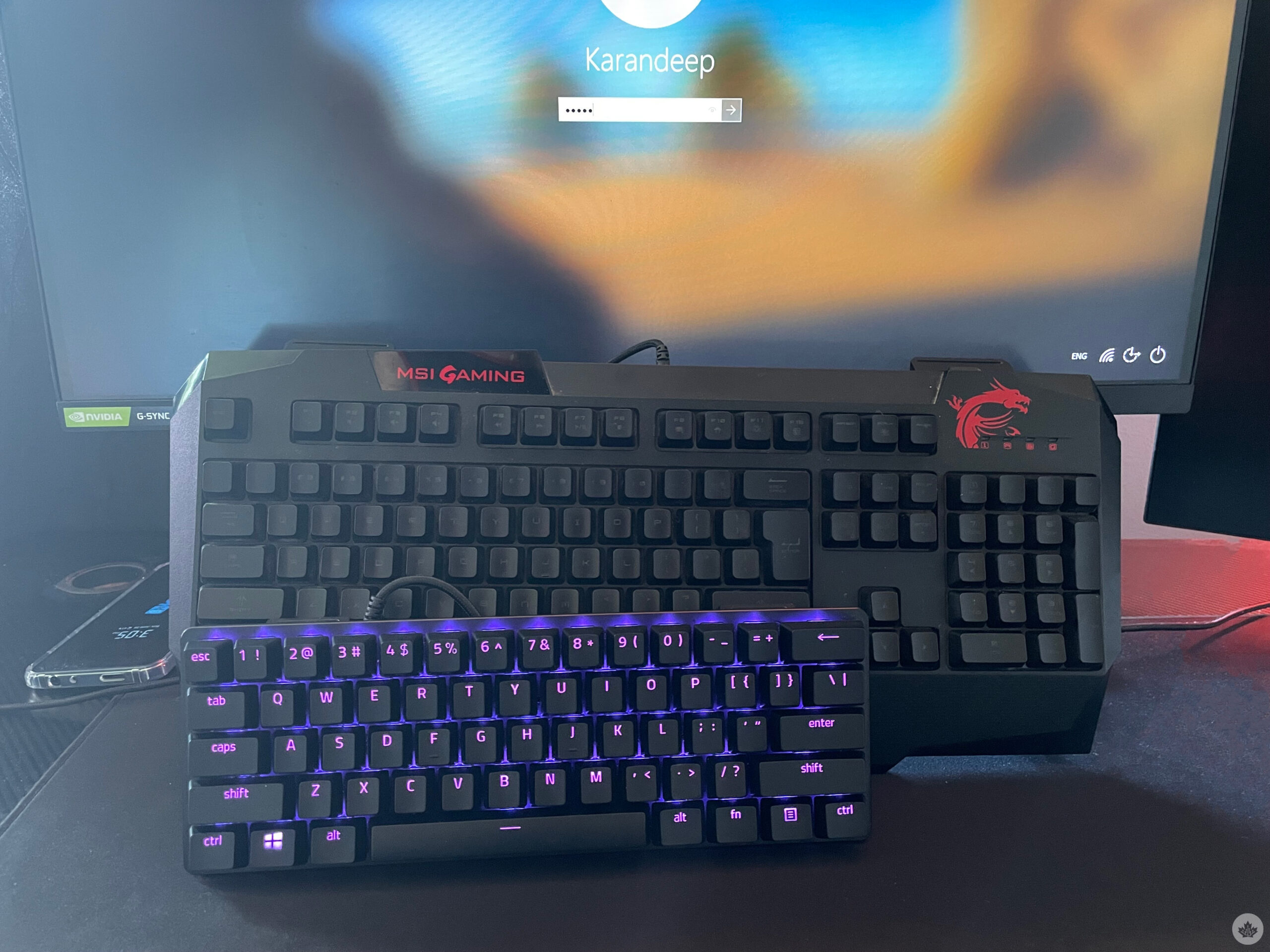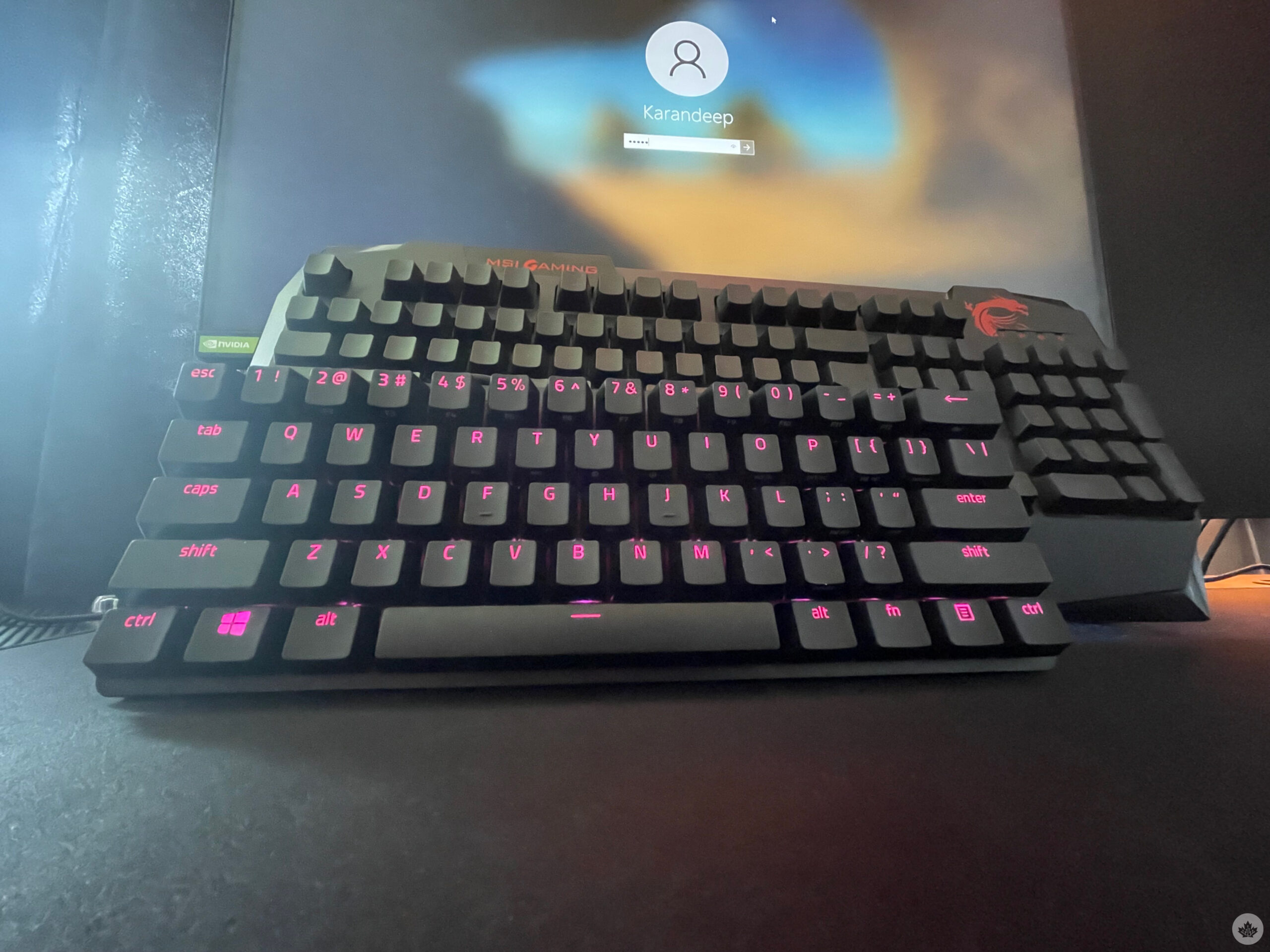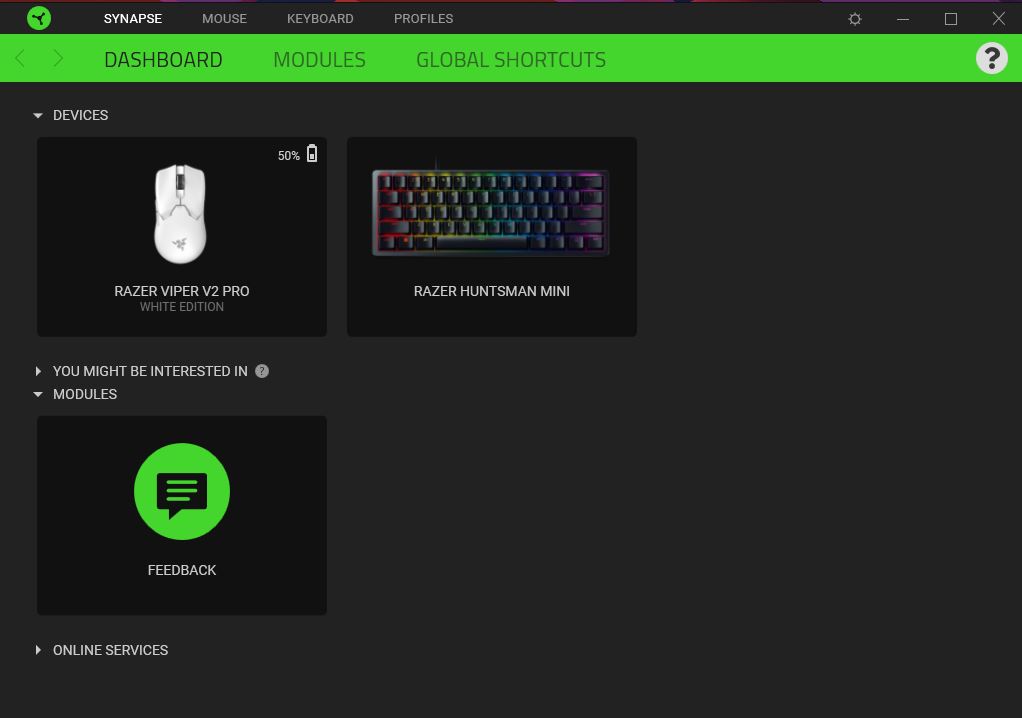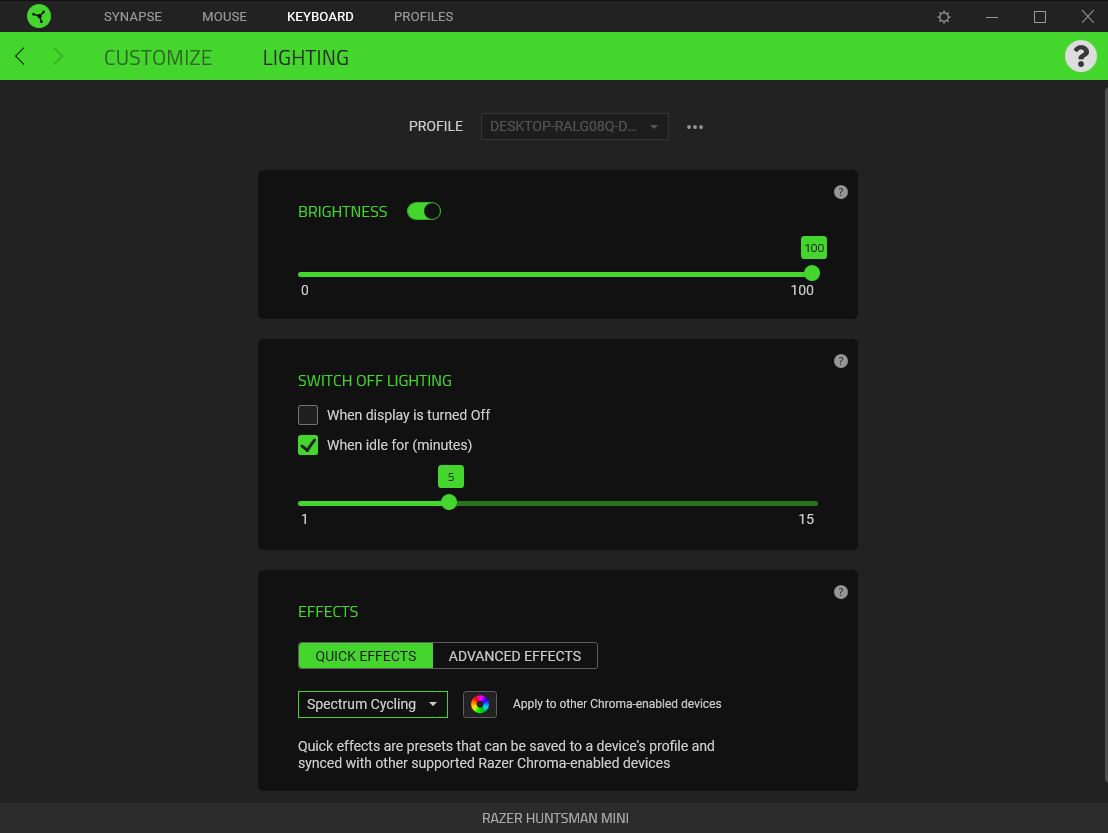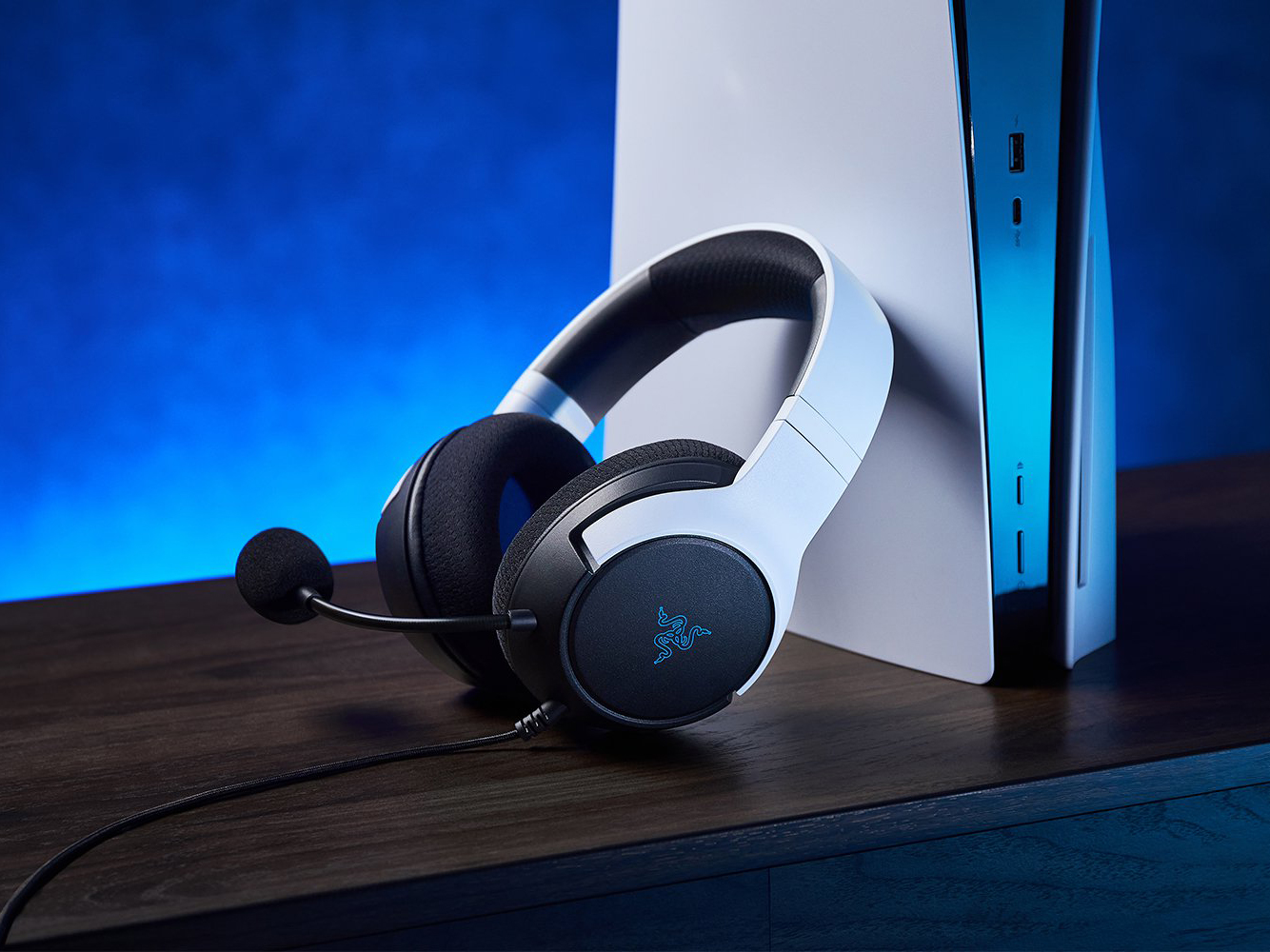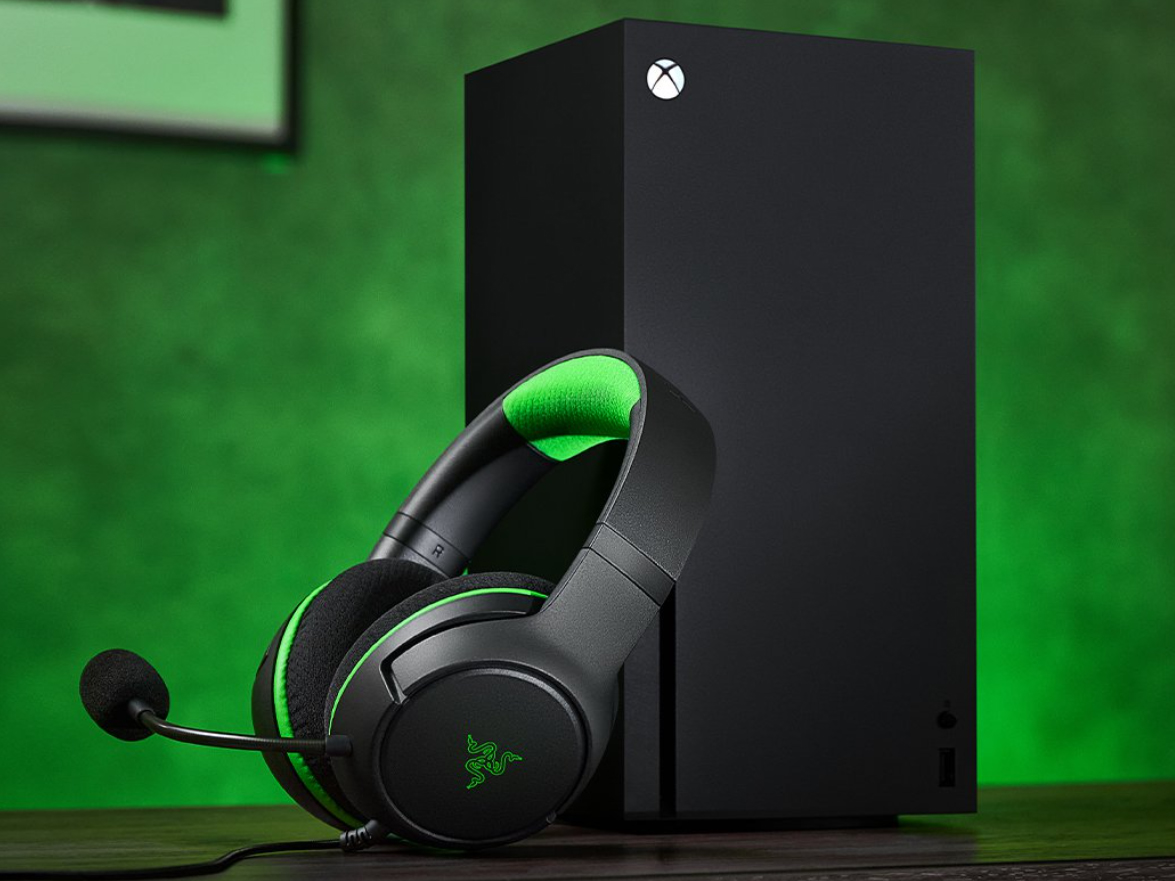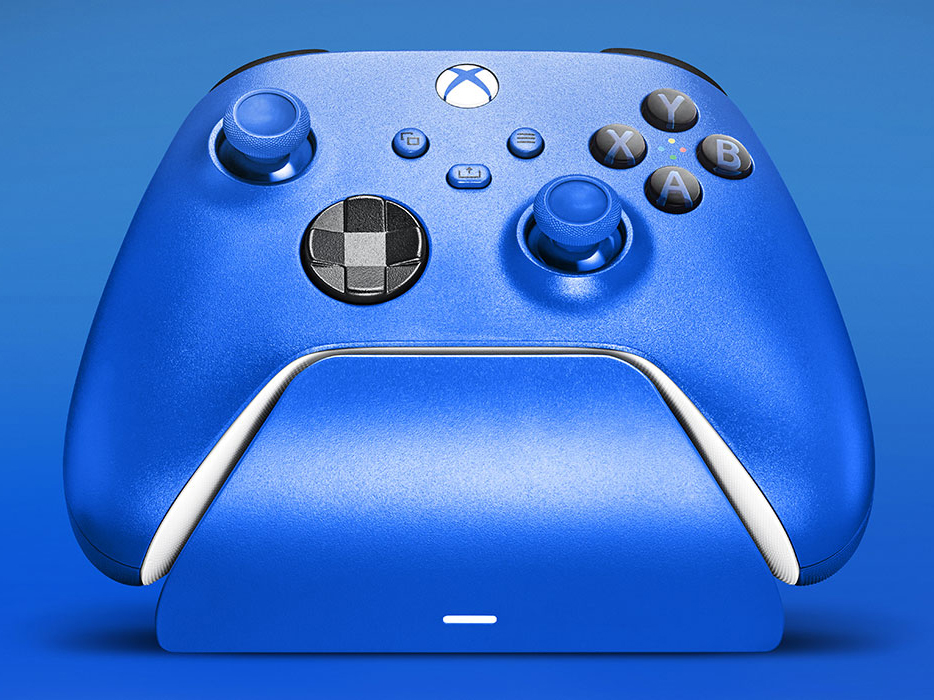Razer’s latest audio innovation, the Leviathan V2 Pro, was first shown off at CES 2023.
Right off the top, it became a talking point because of its novel beamforming tech with head-tracking AI. The soundbar features a built-in infrared camera on its front that tracks your head while offering features like Spatial Audio Virtual Speakers and Room Fill, both of which normally require a bigger setup with speakers around the room.
The Leviathan V2 Pro, however, is just a soundbar accompanied by a down-firing subwoofer, resulting in a not-so-crowded speaker setup. Both the soundbar and the subwoofer are plug-and-play, making the device easy to connect to your PC. The Leviathan V2 Pro is also compatible with Bluetooth devices such as mobile phones, tablets, and the Nintendo Switch, though I haven’t been able to make it work with my TV.
Together, the soundbar and the subwoofer weigh roughly 7.3kg, making the combo relatively light to move around if needed. The soundbar is roughly 24 inches in length, resulting in it being the perfect size to fit under most PC monitors. The subwoofer, on the other hand, fits easily under your desk, saving ample space on your desk for accessories and other peripherals.
The front of the soundbar sports a black mesh grille that gives the soundbar a premium look, while the rest of the body is coated with a matte-like material that is good at attracting fingerprints. Of course, it wouldn’t be a Razer product without RGB lights. The bottom of the soundbar sports an RGB strip that isn’t all ‘in your face,’ but also provides a nice aesthetic when using the Leviathan V2 Pro in a dark setting.
The top of the soundbar features a volume dial alongside four physical buttons to adjust equalizer presets, audio modes, RGB lights and connections. The same can also be done via the Razer Synapse app on your PC or the Razer Audio app on your phone with higher customizability.
The soundbar itself does not have built-in woofers, and using it independently results in plain flat audio. With the subwoofer, however, it’s a different story. The single bottom-firing subwoofer is capable of producing highly thumping bass, and can fill a decently-sized room with ease. Sad for my neighbours, great for me.
In my brief time using the soundbar, I can confirm that the different audio modes actually do what they’re labelled as. For example, using the Leviathan V2 Pro in the ‘Virtual Headset’ mode actually feels like I’m wearing a headset. I was even able to move my head around in front of the soundbar, and it felt like the audio followed me along. Similarly, the ‘Virtual Speaker’ mode accurately replicates what it feels like to have a 7.1 surround sound system, with audio beaming to you from each side of the room in a stage-like experience. The experience is the same when listening to music and while gaming.
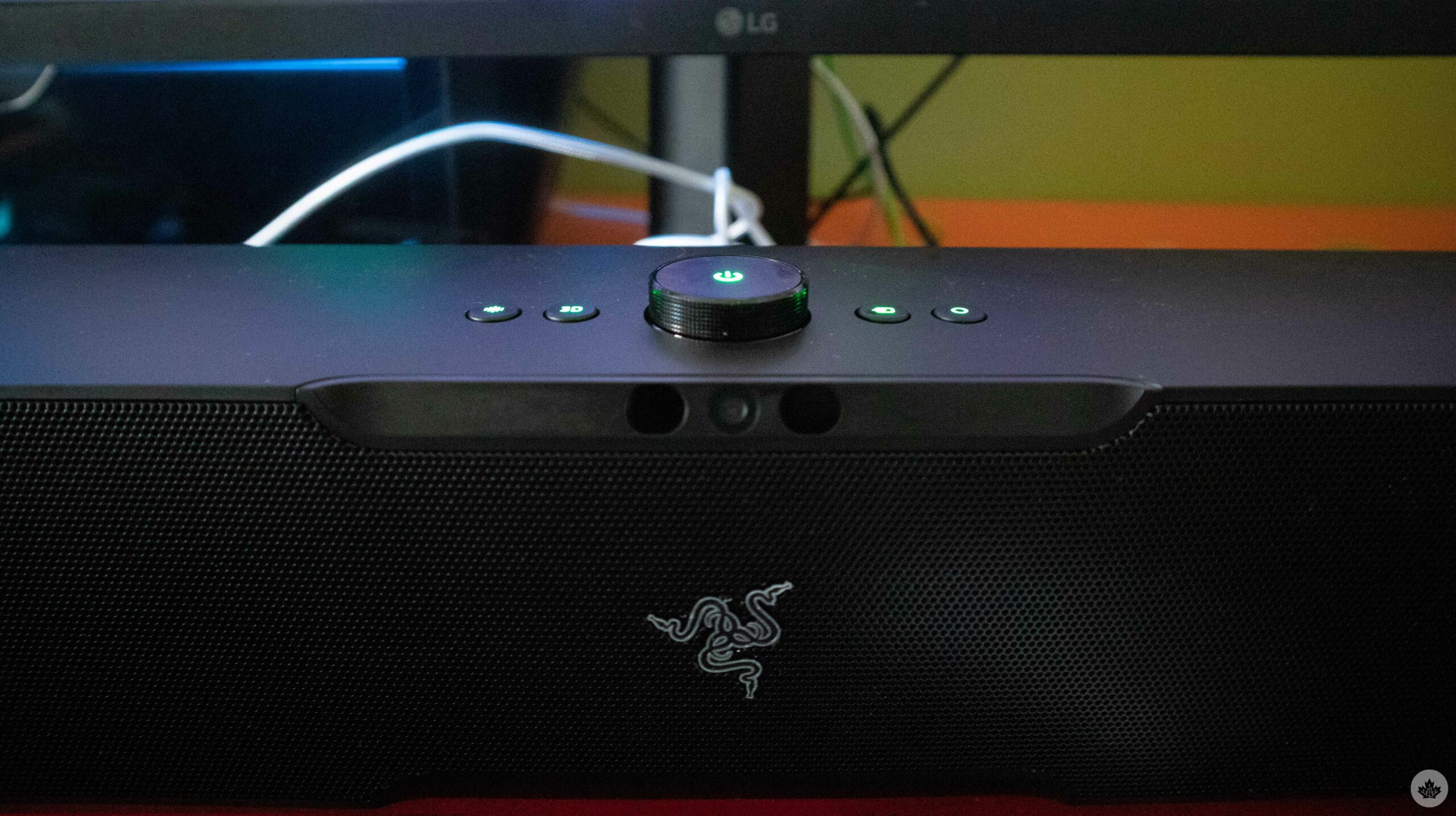
I’m still testing out the Leviathan V2 Pro.
Sometimes the subwoofer’s bass is enough to overpower the vocals, and I’m still trying to find the perfect EQ setting to balance them both. I have also ordered a USB-C to HDMI cable from Amazon to try to make the soundbar work with my TV, as I’m sure it can perform equally well as a home theatre setup and not just be limited to being used with a PC. It’s worth noting, however, that the soundbar can not track you and beam audio directly to your ears if more than one person is sitting in front of it. In such situations, it’s better to use ‘Room Fill’ or the regular ‘Stereo Mode,’ both of which are perfect for multiple listeners in a single room.
Overall, the Leviathan V2 Pro has left a smile on my face. It isn’t overly expensive, coming in at $549.99 in Canada, and delivers features that can be classified as the industry’s first. I’m excited to continue using the Levithan V2 Pro and see how immersive the head-tracking experience can get with minor tweaks.





